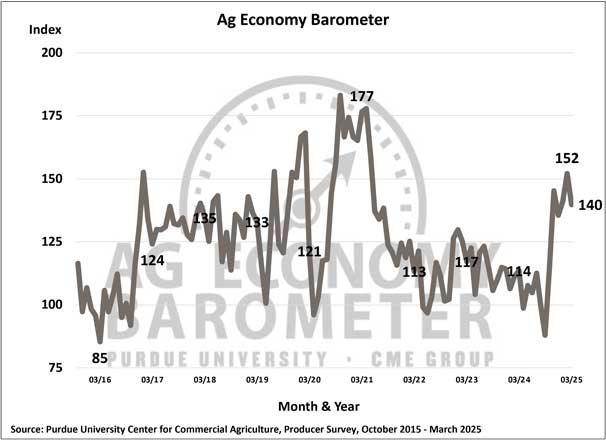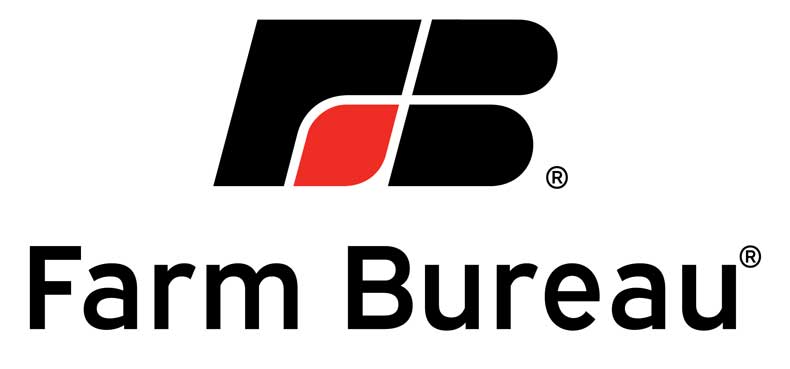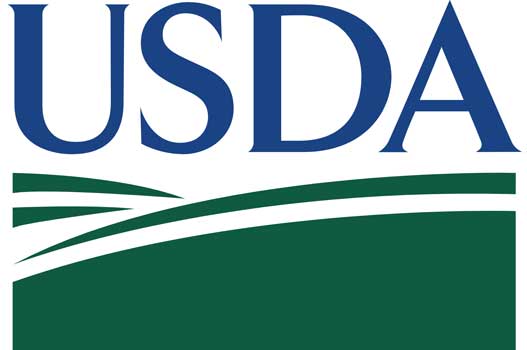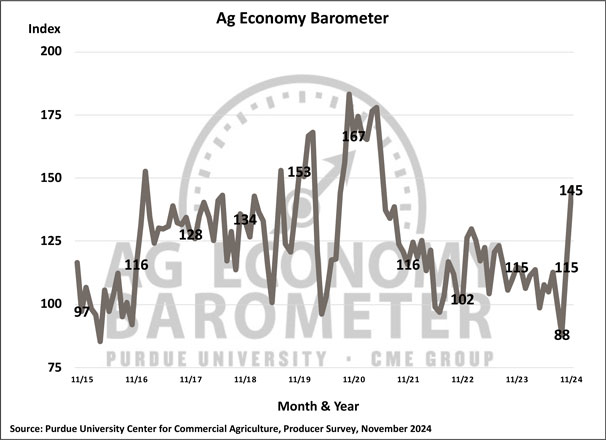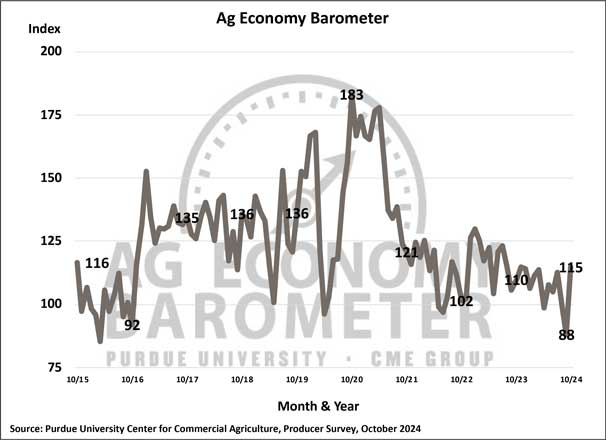More than 300 ag and trade organizations have signed a letter urging the Office of the U.S. Trade Representative (USTR) to avoid negative impacts on U.S. farmers and businesses likely to occur from their strategy against Chinese shipbuilding. Citing a study demonstrating the unintended consequences, the signatories urged USTR to refrain from imposing retaliatory actions in response to the Section 301 investigation of China’s targeting of maritime, logistics, and shipbuilding sectors for dominance.
Last April, USTR initiated a Section 301 investigation into China’s efforts to dominate the maritime, logistics, and shipbuilding sectors. The investigation was prompted by a petition from five national labor unions in March 2024, alleging that China’s practices were unfair and burdensome to U.S. commerce.
In January 2025, the USTR determined that China’s targeting of these sectors was “unreasonable” and burdened U.S. commerce, making it actionable under Section 301 of the Trade Act of 1974. In response to these findings, the USTR proposed several actions, including imposing significant service fees on Chinese maritime transport operators and other operators using Chinese-built vessels when docking at U.S. ports.
While the group supports scrutiny of China’s efforts to dominate the maritime industry, it wrote that “USTR’s proposed actions will not deter China’s broader maritime ambitions and will instead directly hurt American businesses and consumers. Specifically, USTR’s proposed fees will increase shipping costs, container and non-containerized, by at least 25% ($600-$800 or more), adding approximately $30 billion in annual costs on U.S. businesses and farmers. This will lead to higher prices for U.S. consumers and undermine the competitiveness of many U.S. exports—leading to a decline in export revenues and increasing the U.S. trade deficit, contrary to the Trump Administration’s America First trade goals.”
The full letter is available here.
